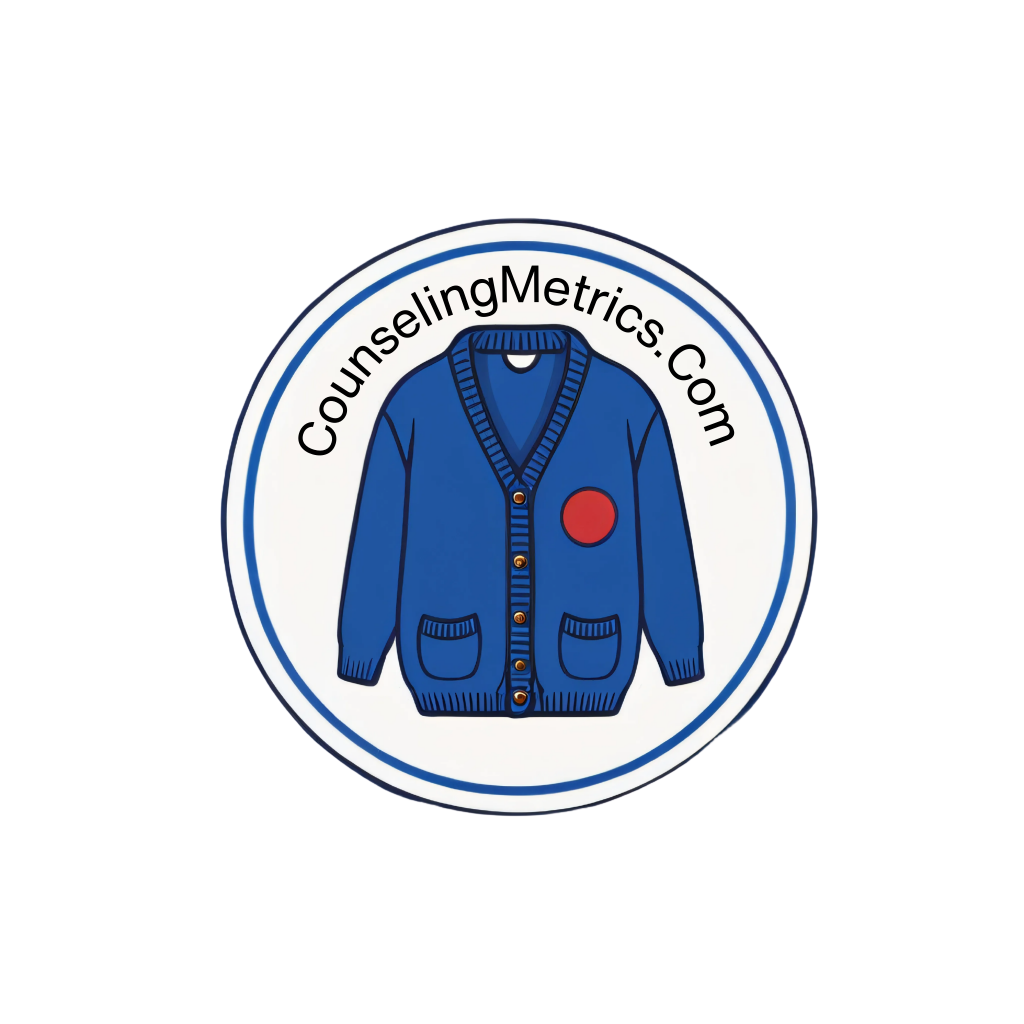
Child PTSD Symptom Scale for DSM-5 (CPSS-5)
The Child PTSD Symtom Scale for DSM-5 (CPSS-5) was developed in 2013 by Edna B. Foa and Sandy Capaldi to align with the updated diagnostic criteria in the DSM-5. It is a 27-item assessment that measures the severity of posttraumatic stress disorder symptoms and their impact on daily functioning in children and adolescents over the past month. The CPSS-5 includes 20 items assessing PTSD symtpoms and 7 items evaluating functional impairment. The target age group for the CPSS-5 is children and adolescents aged 8 to 18 years old.
Who can Use?
The Child PTSD Symptom Scale for DSM-5 (CPSS-5) can be administered in two formats:
Self-Report Version (CPSS-5-SR) – This version can be completed independently by children and adolescents aged 8 to 18. It is designed to be user-friendly and typically takes about 10 minutes to complete, making it suitable for use in schools, clinics, or research settings without requiring a clinician.
Interview Version (CPSS-5-I) – This version is a semi-structured interview that should be administered by a clinician or therapist. It takes approximately 30 minutes and allows for more in-depth assessment of PTSD symptoms and functional impairment.
Both versions should be used ethically and by individuals trained in trauma-informed care, especially when interpreting results or making clinical decisions.
Where can I Find this Assessment?
The CPSS-5 can be found on the International Society for Traumatic Stress Studies at the following link: https://istss.org/clinical-resources/child-adolescent-trauma-assessments/child-and-adolescent-trauma-screen/child-ptsd-symptom-scale-for-dsm-5/
Citation
Foa, EB, Asnaani, A, Zang, Y, Capaldi, S. (2017). Psychometrics of the Child PTSD Symptom Scale for DSM-5 for Trauma-Exposed Children and Adolescents. Journal of Clinical Child & Adolescent Psychology, 47, 38-46.
CRAFFT
The CRAFFT assessment is a brief screening tool designed to identify substance use, substance-related riding/driving risk, and substance use disorders among adolescents aged 12-21. It consists of a series of questions that can be self-administered or conducted by a clinician. The tool is widely recommended by the American Academy of Pediatrics for preventive care screenings. The latest version, CRAFFT 2.1 includes udates to address vaping and nicotine use.
Who can Use?
The tool is designed to be flexible and accessible, ensuring that adolescents receive appropriate screening for substance use. Therefore, the CRAFFT assessment can be administered by trained healthcare professionals, such as doctors, nurses, and mental health clinicians, in a confidential healthcare setting. The CRAFFT assessment can also be self-administered by the patient, either on paper or electronically, in a private space within the clinical office.
Where can I Find this Assessment?
The CRAFFT questions are copyright protected by Boston Children’s Hospital. You may download a copy of the CRAFFT assessment by visiting this link: https://crafft.org/get-the-crafft/#repro.
Citations
Knight JR, et al. A new brief screen for adolescent substance abuse. Arch Pediatr Adolesc Med. 1999 Jun;153(6):591-6. PMID: 10357299.
Dhalla S, et al. A review of the psychometric properties of the CRAFFT instrument:
1999-2010. Curr Drug Abuse Rev. 2011 Mar 1;4(1):57-64. PMID: 21466499.
Trauma and Attachment Belief Scale (TABS)
The Trauma and Attachment Belief Scale (TABS) was developed by Dr. Laurie Anne Pearlman in 2003 as a revision of the Traumatic Stress Institute Belief Scale. It is a self-report questionnaire that mesures trauma-related disruptions in beliefs across five key domains: safety, trust, esteem, intimacy, and control, with subscales assessing beliefs about both self and others. The TABS is designed for individuals aged 9 and older, with specific norms available for youth aged 9 to 18. It is used to assess the long-term psychological impact of trauma and to guide individualized treatment planning for trauma survivors.
Who can Use?
The Trauma and Attachment Belief Scale (TABS) can be administered by professionals who meet Qualification Level C from the publisher, which typically includes licensed psychologists, psychiatrists, or other mental health professionals with advanced training in psychological assessment. This ensures that the administrator has the expertise to interpret the results accurately and use them to inform treatment planning. The TABS is a self-report tool, but proper administration and interpretation require clinical knowledge, especially when working with trauma-affected populations. It is not intended for use by paraprofessionals or individuals without formal training in psychological testing.
Where can I Find this Assessment?
This tool is copyrighted and can be accessed for a fee at the following link: https://www.wpspublish.com/tabs-trauma-and-attachment-belief-scale.
Citation
Pearlman, L.A. (2003). Trauma and Attachment Belief Scale. Los Angeles, CA: Western Psychological Services.